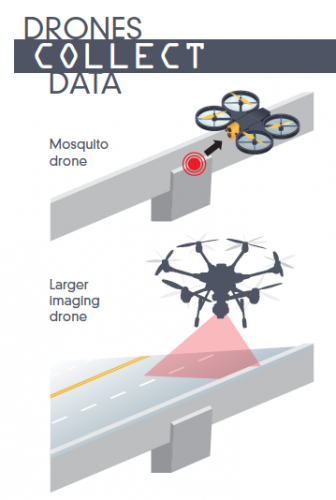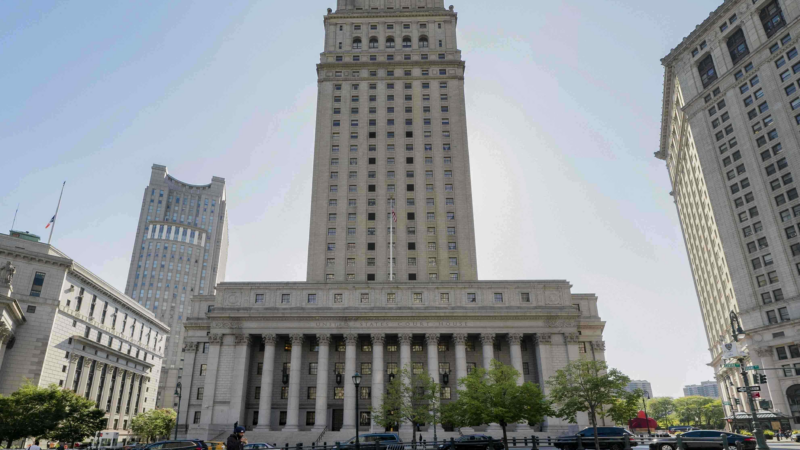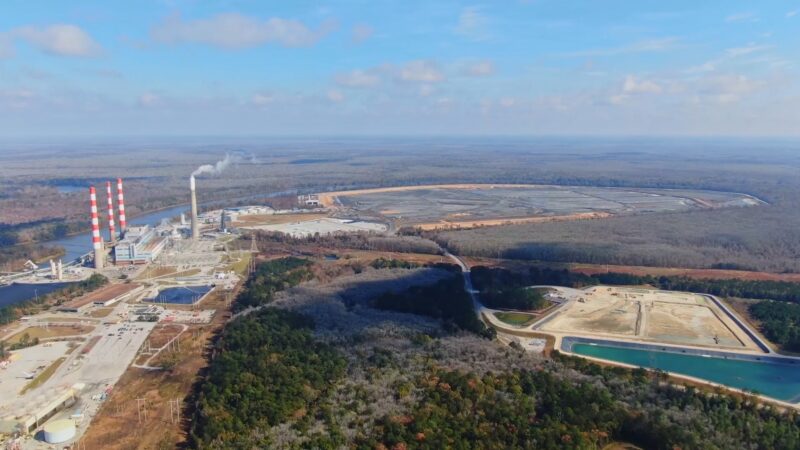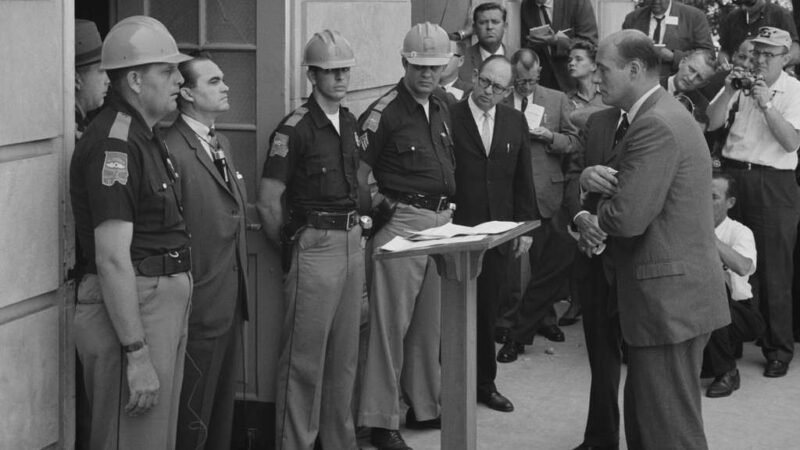For Aging Bridges, UAB Engineer Wants to Send in the Drones
Many of Alabama’s bridges are in bad shape. According to the U.S. Department of Transportation, there are about 16,000 structurally deficient bridges in Alabama. It’s a problem here and across the country. Many of the bridges are just old, and many were built when traffic and cars were lighter. But inspecting bridges takes time, skill and money. Now, a University of Alabama at Birmingham engineering professor is using a $500,000 grant from the National Science Foundation to develop a solution using drones.
Practicalities
It takes a long time to inspect any good-sized bridge, and there aren’t enough specialists or budget dollars to do them all. UAB engineering professor Nassim Uddin says that’s dangerous.

“We see a number of collapse of bridges recently, in Minneapolis, in Washington and so forth.”
Uddin says inspections become trickier and are required more frequently as bridges age. But he thinks drones could help.
“That was the challenge,” he says. “How can we use cheaper, very light sensors [to] give you a similar level of precision?”
The Plan
The idea is to mount sensors on bridges, then send drones out to upload information about the bridges’ health from the sensors. The drones themselves could scan the structures where the sensors can’t reach, too.
“Having the drones now, we don’t have to put hundreds and thousands of sensors sitting on the bridge and using lots of electricity and collecting the data day in and day out,” says Uddin.
Drones could be used for regular bridge inspections, or after storms or earthquakes.
Uddin is collaborating with researchers in Ireland and England, where he says there are fewer restrictions on testing drones in high-traffic areas. He hopes to run field tests in England this year. He’s also recently applied for a separate grant to develop the same drones to inspect buildings, homes and other structures after storms or earthquakes. Those drones could also serve as hotspot communications networks in disaster zones.
China flexes blockade capabilities near Taiwan on second day of military drills
China's People's Liberation Army is staging a second day of large-scale military drills around Taiwan. It's unleashing live-fire exercises as part of what it calls "Justice Mission 2025."
Policy relief for family caregivers seems stalled out. But there are signs of change
Family members carry the burden and costs of caring for America's aging population. Federal policy change is slow to come but a new movement and state actions are building momentum.
Federal appeals court judge is accused of bullying her clerks
The Legal Accountability Project complaint, which has not been previously reported, states that it is based on conversations with multiple former law clerks.
How Alabama Power has left the ‘American Amazon’ at risk
As its polluting coal ash ponds remain in groundwater, Alabama Power has doubled down on fossil fuel energy investments.
How George Wallace and Bull Connor set the stage for Alabama’s sky-high electric rates
After his notorious stand in the schoolhouse door, Wallace needed a new target. He found it in Alabama Power.
FIFA president defends World Cup ticket prices, saying demand is hitting records
The FIFA President addressed outrage over ticket prices for the World Cup by pointing to record demand and reiterating that most of the proceeds will help support soccer around the world.








